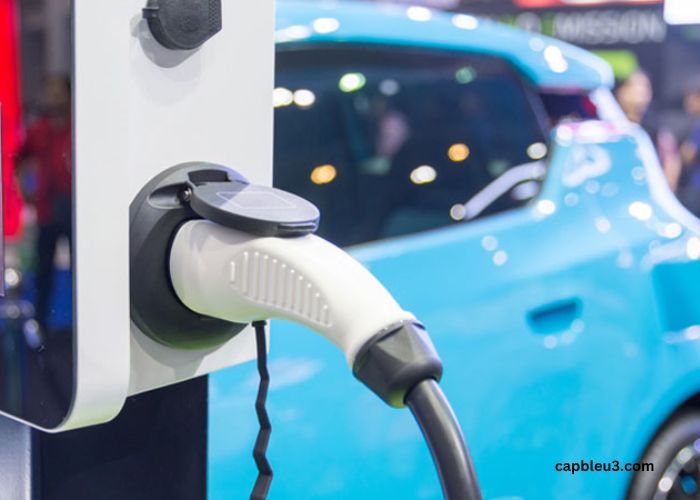
When we think of electric vehicles (EVs), we often picture high-tech cars and bikes. But what powers these EVs behind the scenes? It’s the auto ancillary industry. Auto ancillary companies manufacture the nuts, bolts, and key components that keep vehicles moving, whether it’s a petrol car or an electric scooter.
With India’s rapid shift towards EVs, auto ancillary companies are becoming an important part of this green transformation. In this article, let’s explore why these stocks might just be the right option for you. Let’s get started!
India’s Electric Leap
India is going all-in on EVs. With growing concerns about air pollution and the need to cut fuel imports, the government has set ambitious targets. By 2030, EVs are expected to make up 30% of private cars, 70% of commercial vehicles, and 80% of two and three-wheelers sold in the country.
This shift to electric vehicles isn’t just about vehicles; it’s an ecosystem. EVs require batteries, electric motors, and charging networks. This is where auto ancillary stocks come into play. Auto ancillary companies supply these parts and systems for manufacturing vehicles. They’re working tirelessly to meet the demand for these components while innovating to stay ahead.
How Auto Ancillaries Drive the EV Market?
Auto ancillary companies are the backbone of vehicle production, and their role in EVs is even bigger. Here’s why:
1. Batteries
Batteries are to EVs what engines are to petrol cars. Here, companies like Amara Raja are key players here in manufacturing batteries. The company has been a traditional leader in batteries and it is now making its way into lithium-ion technology, the power source for most EVs.
Amara Raja’s plant for lithium-ion batteries near Hyderabad is under construction and it is reported to be fully operational in the next five years by 2030. The plant is also expected to create 3,500 additional jobs. Amara Raja share price is currently around ₹1050+.
2. Motors and Electronics
Electric motors and control systems are very important for EV performance. When we talk about motors and electronics, companies like Sona Comstar are leading the way by manufacturing high-precision components for global and domestic EV makers.
With its plants spread across the USA, Mexico, India, and China, Sona Comstar is among India’s top automotive companies involved in manufacturing, designing, and supplying top-notch automotive systems and components for all types of vehicle categories including electric vehicles.
3. Charging Infrastructure
Charging stations are crucial for EV adoption. Companies like Tata Power are investing heavily in EV chargers. With more than 5,500 EV charging points spread across India, 3,000 EZ charging points across 450 cities, 850 bus charge points, and 86,000 home chargers, Tata has developed our country’s largest EV network.
This ensures that we have a strong charging infrastructure for EVs in India, ensuring more people switch to electric vehicles.
Why Should Investors Pay Attention?
Auto ancillary company stocks are a way to tap into the EV market. Here’s why:
- Diversification: Auto ancillary companies don’t just rely on EVs. They also cater to traditional vehicles, which means their risks are spread out.
- Global Markets: Indian companies are exporting EV components, creating opportunities beyond the domestic market.
- Government Support: The government’s Production-Linked Incentive (PLI) schemes for EV components and batteries are a big boost for the sector.
- Growth Potential: The Indian auto components industry is projected to hit US$200 billion by 2026, with EV-related products making up a significant share.
Conclusion
Auto ancillary companies might not come up in headlines like vehicle manufacturers, but they’re the backbone of India’s EV revolution. They’re adapting to new challenges, creating innovative solutions, and taking the industry forward. These stocks represent a mix of stability and growth potential.